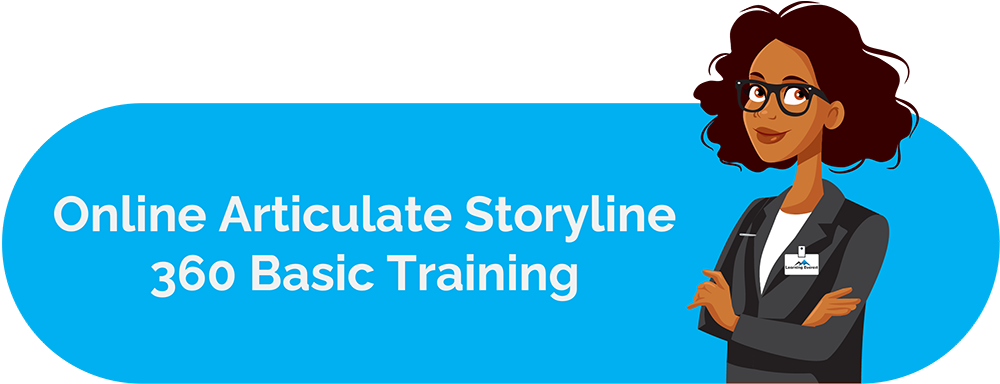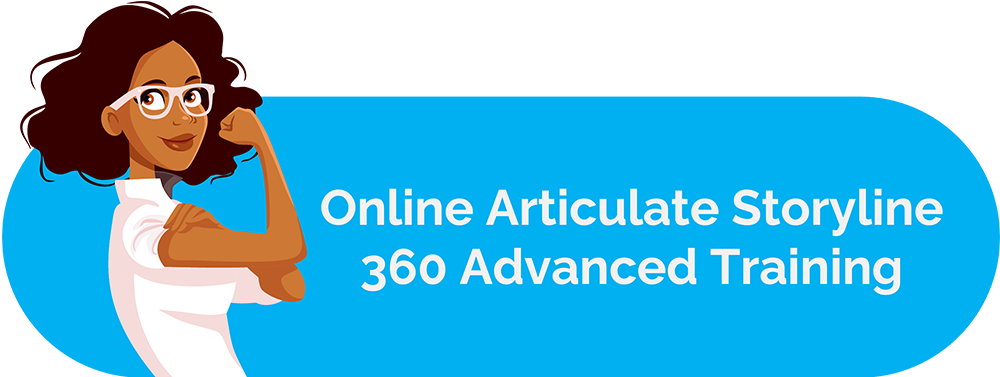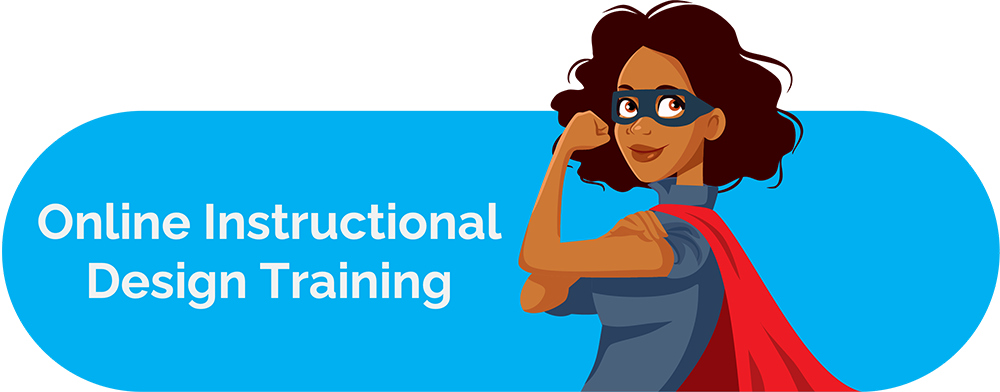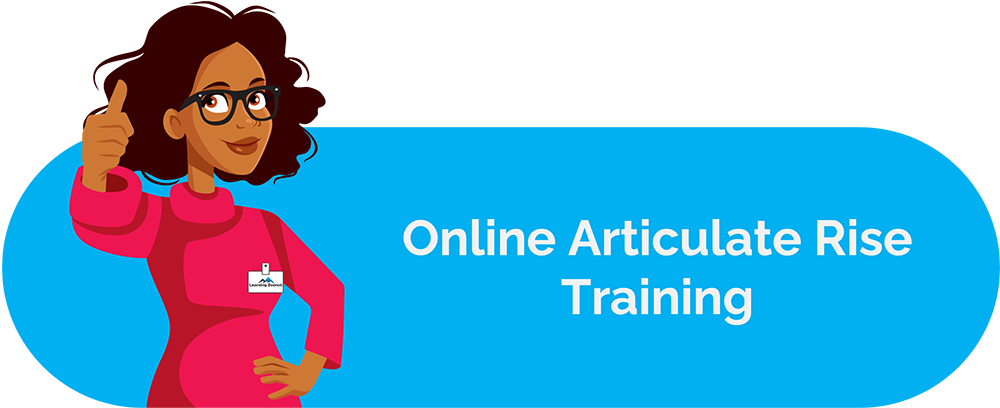With the pandemic showing no sign of letting our lives go back to the life we were living until the beginning of 2020, the 'new normal' today is quite different from what we may have imagined. It has been tough on our personal lives, our social lives, and of course, our work lives. With all of the work being online, the virtual new employee orientation process has also become an essential aspect.
Table of Contents
An effective remote onboarding process is vital to make the employee feel comfortable in the company. There are not many opportunities for the new hires to interact with one another, and the process of integration into the company culture is often overlooked in a remote setting. Virtual onboarding of employees can be quite a challenge for some if they have never done it before. Several companies work entirely remotely, and remote employee onboarding is a norm.
So, how do you prepare a remote employee onboarding process? How do you make the new virtual employee feel comfortable and familiarize them with the company culture and strategy?
Keep reading to know that.
What is Remote Employee Onboarding?
Imagine your first day on the job. You were perhaps shown the office, introduced to the team, engaged in a few activities that enlightened you about the company culture, values, attitude, method, and tools. It is typically a process where a newly hired employee is introduced to the company remotely. In a remote setting, this becomes a tricky situation as the employee is remote. You cannot turn to your co-worker and ask for help in such a case. This is where the remote employee onboarding process comes into play.
When the new hires are provided with enough guidance and tools that they will need to do their assigned work, their accountability, retention, and engagement increases. This results in a boost in employee morale, confidence, and productivity.
In a virtual setting without a physical work environment, various methods like video team meetings, video chats, orientation programs, activities, and so on can be included in the remote onboarding process.
The virtual new employee orientation is a crucial aspect of the remote onboarding process. The new hires are introduced to the minor working elements and are provided with enough knowledge to begin their work armed with the initial working knowledge.
Pre- onboarding Process:
The pre-onboarding process involves the initial hardware or software that the new hires need to have before joining. This pre-onboarding starts from the day the employee has been offered the job.
Imagine you were to join a new organization. Before joining the organization, you will have many questions, which need to be addressed promptly and accurately. Organizations create chatbots, where most of the FAQs are answered instantly, and also, the employee is directed to the authentic source of information. This eases the anxiety that the new joiners would be having and prepares them for the new organization.
The new virtual employees can be given a learning map or a schedule of the onboarding process that would provide them with an idea of all that would happen during the orientation and the onboarding process. This helps in communication, and the new hires know what to expect. New hires can be given company branded merchandise as a welcome package, including the CEO’s personalized letter.
Onboarding Process:
Let us look at creating a program that makes the virtual new employee orientation effective and successful.
-
Define objectives of the virtual new employee orientation:
Like with any project, you need to set definite objectives you want to be covered in the virtual onboarding process. There has to be a flow of the topics you would cover during the orientation. An excellent way to begin is to start with the company’s history, vision, mission, and values. Why the company exists and how it cares for its stakeholders is a critical point. Then, you can move on to the company’s culture. Next, inform the new hires about the services and products, technology, and tools used. This is also where the new hires are informed about the company policies and rules and follow regulations. You must remember to set clear goals and be clear about what is to be included in the orientation and what would be learned by the new employees on the job. Also, take feedback from all the stakeholders involved for the updates or procedures followed while creating the orientation program.
-
Content Timeline and Structure:
Once the objectives are set, you need to decide the time duration of the entire orientation program. Ambiguity kills. So, prepare a complete glide path of the orientation and let the new joiners know it. At the same time, don’t spill the beans. So don’t get into the details of everything on day one. This will prepare them for what is in the store. Remote orientations can be spread over several days so as not to overwhelm the new hire. The content needs to be broken down into sizeable chunks so that the new employees can understand and retain all that they have been given.
-
Design of the remote employee onboarding for engagement:
The orientation program’s content should be such that it keeps the new employees engaged and adds value to their knowledge base.
- One way of keeping the employees engaged in the program is, to begin with, a welcome message from the CEO, Founders, or the Directors. It is recommended if they can address the new joiners live over a session. This time spent by the leadership team makes a deep-rooted impact. This helps create a connection with the company’s top stakeholders and sets the tone for the program.
- Design and conduct the induction over the webinar to give out essential work and organization related information, which would help the new employees start off the job.
- The remote employee onboarding should be designed so that it covers various aspects of the organization.
- This should start with the senior leadership’s interaction, where they walk through the vision, mission, and values.
- Sessions covering the organization’s fabric, sessions by the HR team, and orientation to the technical aspects are also essential.
- What differentiates the organization from the competitors, team-building exercises, games, small group activities are some of the critical aspects that should not be missed.
- It is important to remember that remote employee onboarding should not be a one-sided communication. Instead, it has to be two-way communication.
- You can include quizzes, games, or simple puzzle type questions, poll questions on the LMS or the virtual platform you are using to check the virtual new employee’s knowledge and encourages them to keep going ahead.
-
Overcome technical challenges:
Making sure that the new hire has the latest updated software and technology is a good practice. An easy to use platform must be chosen so that your new hires do not feel confused and overwhelmed in the initial days.
-
Test it out!
After creating the orientation program, you must then test it out to make sure that it is effective. PDCA – Plan, Do, Check, and Act are essential process steps for continual improvement. Do a trial run and seek feedback from the attendees of the trial run to improve any shortcomings. Once the program has been delivered, do take feedback from the just hired remote employees. This will help you improve the subsequent program and give you insight into the employees’ reactions to the overall plan.
Since the world is continually evolving, the information out there keeps changing at a swift speed. So, make sure to update the remote orientation to include all the changes.
During and Post Onboarding:
Once the orientation is done, keep the doors of communication open. The new hires will ask questions, and these need to be addressed immediately. The remote employee may get distracted very quickly. To counter this, a check-in system can be in place to monitor the progress and nudge when needed. Do share microlearning modules with these new joiners so that the orientation’s content is brushed up regularly. Also, the new hires must be provided with additional IT training if necessary to help overcome difficulties. Weekly or monthly calls should be scheduled to help you understand if they face any problems.
In a remote setting, the communication between the HR and other departments needs to be smooth. Co-ordination between all the departments is necessary. A flexible remote employee onboarding process promotes engagement and helps develop communication between new hires and the organization.





